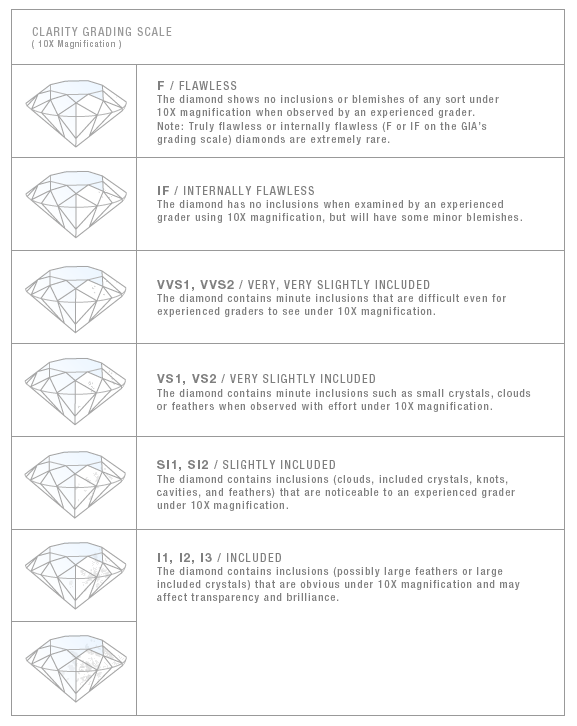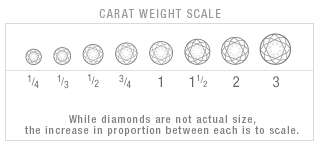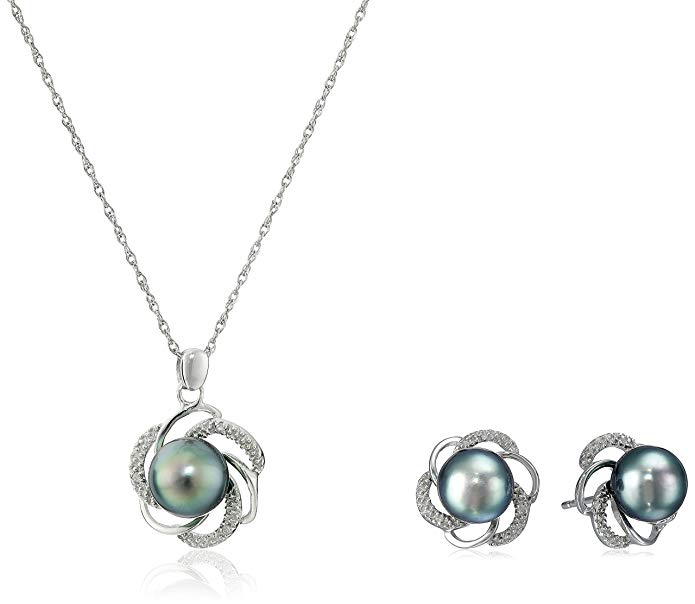- Coordinating Sterling Silver necklace and studs featuring Tahitian black pearls encased in diamond-accented sterling silver petals
- Necklace: 18″ Sterling Silver rope chain with spring-ring clasp, Earrings: Sterling Silver post with matching friction backs
- The natural properties of Pearls define the unique beauty of each piece. The image may show slight differences to the actual in color and shape.
- All our diamond suppliers confirm that they comply with the Kimberley Process to ensure that their diamonds are conflict free.
- Imported
The Amazon Curated Collection
Discover the Amazon Curated Collection of fine and fashion jewelry. The expansive selection of high-quality jewelry featured in the Amazon Curated Collection offers everyday values that range from precious gemstone and diamond pieces to the latest fashion designs.
This hand-selected assortment features an array of diamond, gemstone and precious metal designs that receive a quality inspection, including from Amazon’s staff graduate gemologist, to ensure they meet Amazon’s high standards. All diamonds featured in the Amazon Curated Collection are certified by our suppliers to be conflict free, and IGI, GIA, or AGS certifications are provided on white diamonds of .75 carats or larger on all stud earrings, rings, and pendant necklaces.
Pieces from the Amazon Curated Collection come packaged in a custom box, making them wonderful gifts. In addition, we offer free one-day shipping within the continental US on items over $500. International shipping options for friends and family overseas are available for an additional fee.
The Amazon Curated Collection offers a specialized customer service team that is available seven days a week to answer any product questions before, during or after the purchase. If you’re not satisfied for any reason, you will receive a full refund and free return shipping within the US if you return your purchase within 30 days.
Find a special gift for a loved one or a beautiful piece that complements your personal style with jewelry from the Amazon Curated Collection.
Diamond Clarity:
No two diamonds are alike. A diamond’s most distinguishing characteristics are its inclusions, marks that are often invisible to the naked eye. However, under a jeweler’s magnifying loupe or microscope they can look like crystals, tiny rivers, or clouds. A diamond’s clarity is determined by the presence or absence of inclusions–fewer inclusions mean better clarity–and how visible they are. The greater a diamond’s clarity, the greater its brilliance and value. A diamond categorized as internally flawless will have no inclusions, but this is extremely rare.

Diamond Color:
Though diamonds come in a wide range of colors, colorless diamonds have traditionally been considered the most valuable. Most diamonds are graded on a scale using the letters of the alphabet, from D (colorless), the best grade, through Z (a light yellow). It is difficult for the untrained eye to notice such variations in color unless stones are being compared side by side.

Diamond Carat Weight:
A diamond’s weight is measured in carats, with one carat being equivalent to 100 points. You will often see a diamond referred to as a 3/4-carat stone or a 75-point diamond. Larger stones are often more highly valued, but size should not be the only consideration–high brilliance, which varies according to clarity, cut, and color grade, is highly desirable in a diamond.

Diamond Certification:
A diamond certificate represents independent verification that the stone purchased has all the qualities of cut, color, clarity, shape, and weight expected. It is a further indication of the condition and value of that diamond as represented on our site. Such certificates are issued by several agencies employing highly trained gemologists and provide an unbiased and accurate evaluation of the diamond. These gemologists scrutinize each stone to analyze its dimensions, clarity, cut, color, finish, symmetry, and other details.
Diamonds purchased from the Amazon.com Collection may be certified by the Gemological Institute of America or the International Gemological Institute. The type of certificate provided will be noted in the product specifications of your jewelry purchase; if you do not see a certificate type noted, one will not be provided.
Our Diamond Policy:
Amazon.com sources high-quality diamonds from some of the world’s largest suppliers. All our diamond suppliers certify that to their best knowledge their diamonds are not conflict diamonds.
Diamond Care:
Diamonds, as the hardest substance on earth, are resistant to damage. However, diamond jewelry is set in different metals, and care will vary from piece to piece. Diamonds should be cleaned in a solution of one part ammonia to six parts water, using a gentle scrubbing brush to remove any dirt. It is a good idea to have them cleaned once a year by a professional jeweler, at which time the security of the setting can be checked as well. Diamond jewelry should be stored in a soft cloth pouch to ensure that the stone will not scratch other jewelry.

Tahitian Cultured Pearls
The natural black color of the Tahitian pearl comes from the black-lipped variety of the pinctada maxima oyster. These oysters are farmed on the volcanic atolls of Tahiti, where the mixture of nutrient-rich ocean water mixes with warm lagoons creating an ideal environment for them–and the only place where Tahitian pearls can be found. Like the South Sea pearl oyster, the black lipped pinctada maxima is sensitive to the cultivation process, making the Tahitian pearl rare and expensive. Though they are, on average, slightly smaller than the South Sea pearl, Tahitian pearls are larger than Akoyas and their black color adds a dramatic touch.
Cultivation
Pearls are produced naturally in the body of salt and freshwater mollusks, such as oysters and mussels. When these animals sense an irritant, such as a grain of sand, they produce a soft coating of calcium carbonate substance around it. The result is a pearl. Because perfectly round, naturally produced pearls are so rare, a process known as cultivation was developed by Kokichi Mikimoto in the early 1900s. A small bead of polished shell, the nucleus, is used as an irritant and delicately inserted into the mantle of a mollusk. It takes approximately 20-24 months of intensive husbandry to cultivate a saltwater pearl and somewhat less time to cultivate freshwater pearls. The harvest usually takes place during the months of June and September.
Color
Mollusks produce pearls in a variety of colors, accommodating most personal preferences and budgets. The general color of a pearl is also known as the body color. Pearls typically range from white, cream, and yellow to pink, silver, or black. An overtone of secondary color is sometimes seen. For instance, a pearl may appear to be white, but upon closer inspection a rosy hue is detected. The body color would then be termed white-rosé. Color variation does not affect the quality of the pearl, though it should be noted that color matching is important when choosing pearls for some necklaces, earrings, or bracelets. In fashion jewelry, pearls can sometimes be dyed to achieve the desired color, which should be mentioned in the product description or specifications.
Lustre
The appealing, deep shine of a pearl is often what defines its beauty. This shine is produced by multiple layers of semi-opaque calcium carbonate crystals, called nacre. The nacre reflects light on the surface of the pearl, producing brilliance and sheen. Lustre is an integral feature in determining the quality of a pearl. Large pearls have a thicker nacre and, therefore, a higher lustre. When comparing a small Freshwater pearl to a large South Sea pearl, the difference is clearly visible to the untrained eye and should be considered when purchasing pearls.
Shape
While pearls come in many different shapes, the rarest and highest-quality are round. Akoya, Tahitian, and South Sea oysters tend to produce the roundest pearls, while those of Freshwater mollusks can be oval to slightly off-round. When considering a pearl purchase, whether it be a necklace, bracelet, or earrings, look for consistency in the shapes of the pearls. Many of the less symmetrical shapes are used in stylish jewelry which can be quite beautiful: the drop pearl’s shape lends well to earrings, and the baroque pearl features irregular shapes that work well as necklace accents. In addition, a half sphere pearl called a “mabe” is often used in earrings, necklaces, and bracelets.
Size
An oyster’s particular type and size has a direct effect on how large the pearl it produces will be, and pearls do come in a wide range of sizes. Round pearls are measured according to their diameter, while baroque pearls are measured by their length and width. A pearl’s size does not necessarily affect its quality, but it does affect its price. Large, round pearls are rare and their lustre is usually high–this beautiful combination of traits is often reflected in the cost of such pearls.

Surface Markings
Often when an oyster creates a pearl, the nacre does not develop smoothly. The surface of a pearl is judged by how many marks are visible in the nacre. These imperfections can be small and unnoticeable or quite large and distinct. Like diamonds, pearls are rarely flawless. However, high lustre or the way pearls are strung and set can help conceal surface markings.
Care
Proper care of pearls is not difficult if you remember that they are organic and produced by a living thing. Pearls are soft and delicate, but when cared for with common sense, they will maintain their lustre for centuries. The pearls should not come in contact with cosmetics, hairspray, perfume, chlorinated water, or other harsh chemicals. To keep them clean, let them be the last item put on when dressing, and the first item taken off at the end of an evening. The best way to maintain their lustre is to wear the pearls often, and wipe them down with a soft cloth afterward–pearls absorb the oils from skin, which helps keep them moist. Pearls should be stored in a cloth pouch or jewelry bag, separated from other jewelry to prevent nicks or chipping. Periodically, pearl strands should be restrung since the silk thread used to tie the pearls together breaks down over time.
About Tahitian Cultured Pearls
Amazon Collection / Clothing / Jewelry / Shoes & Jewelry / Women

